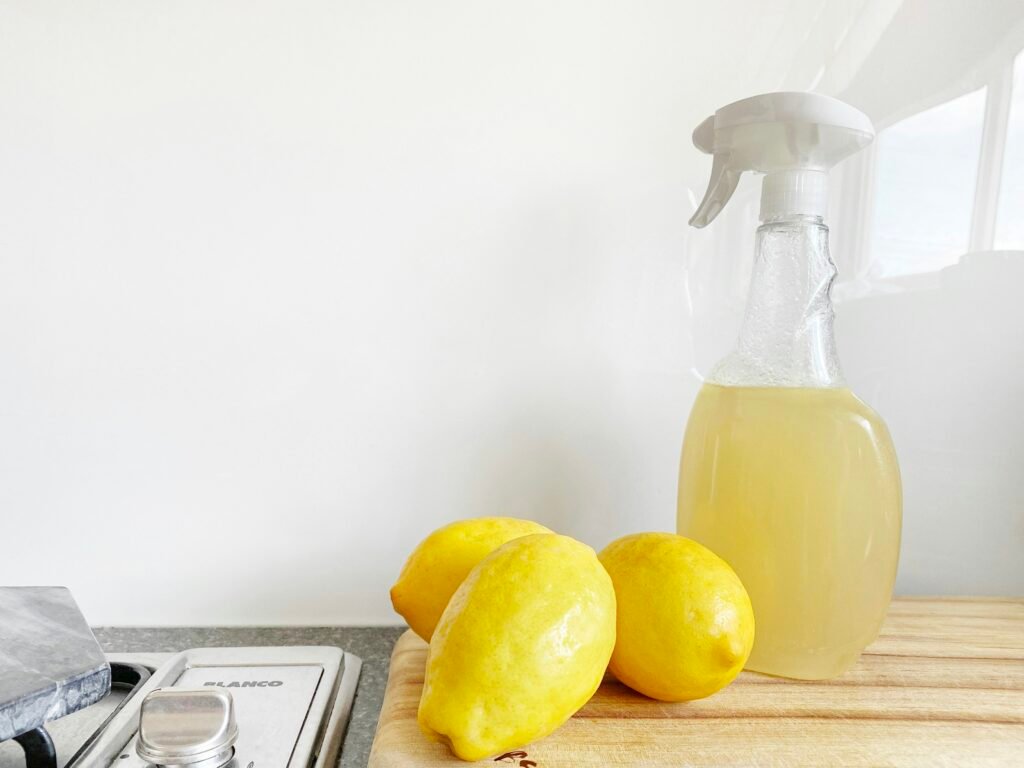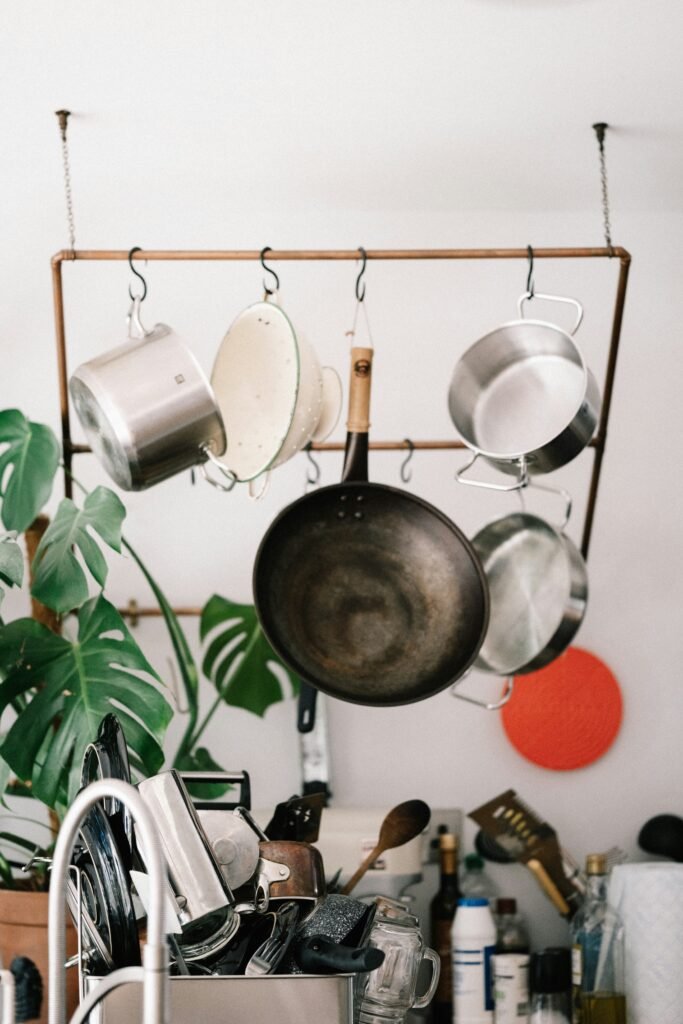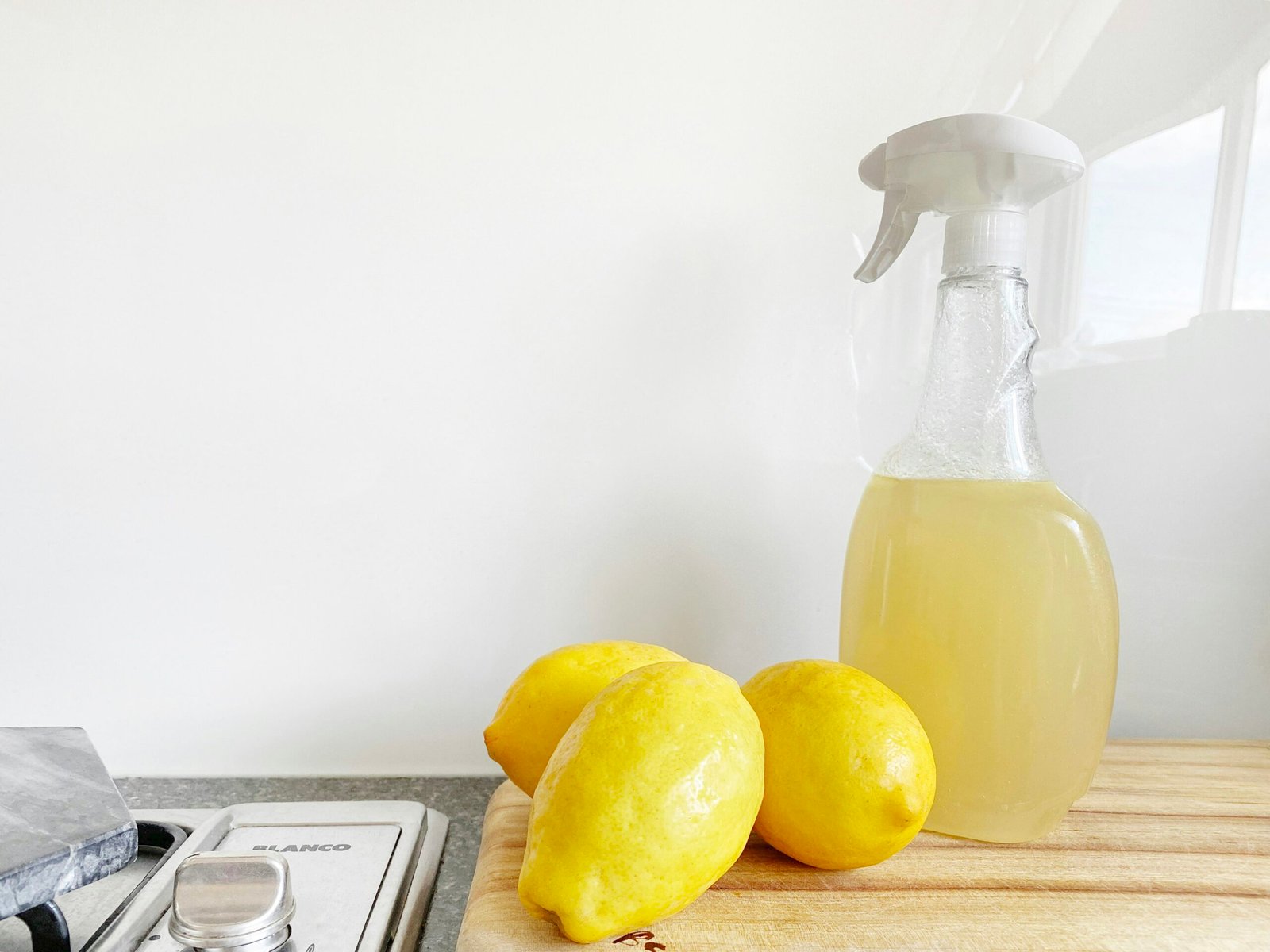Maintaining the pristine condition and durability of your leather wallet is crucial to enhancing its lifespan. In this article, you will discover a collection of proven cleaning techniques specifically tailored to leather wallets. With simple and effective methods, you can effortlessly remove dirt, stains, and grime, ensuring that your wallet remains not only visually appealing but also functional for years to come. Say goodbye to the worry of wear and tear, and say hello to a beautifully preserved leather wallet that will truly stand the test of time.

This image is property of images.unsplash.com.
Choosing the Right Cleaning Products
When it comes to cleaning your leather wallet, it’s important to choose the right cleaning products. Leather-specific cleaners are your best bet, as they are designed to effectively clean and protect leather without causing any damage. These cleaners are usually pH-balanced and do not contain any harsh chemicals that could potentially harm the leather. By using a leather-specific cleaner, you can ensure that your wallet stays in great condition for years to come.
Avoid Harsh Chemicals
While it may be tempting to use household cleaning products to clean your leather wallet, it’s best to avoid them. Harsh chemicals such as bleach or ammonia can strip the natural oils from the leather and cause it to become dry and cracked. Instead, opt for gentle, leather-friendly cleaning products that are specifically formulated for use on leather items. This will help to preserve the natural look and feel of the leather while effectively removing dirt and grime.

This image is property of images.unsplash.com.
Test on a Small Area First
Before you start cleaning your entire leather wallet, it’s always a good idea to test the cleaning product on a small, inconspicuous area first. This will allow you to see how the leather reacts to the cleaner and prevent any potential damage. Choose an area that is not easily visible, such as the inside of the wallet or a corner, and apply a small amount of the cleaner. Gently rub it in and observe any changes in the leather. If there are no adverse effects, you can proceed with cleaning the rest of the wallet with confidence.
Preparing the Wallet
Before you begin cleaning your leather wallet, it’s important to prepare it properly. Start by emptying the wallet and removing any cards, cash, or other items inside. This will make it easier to clean and ensure that you don’t accidentally damage any of your belongings. Once the wallet is empty, use a soft brush to gently remove any dirt or debris from the surface of the leather. This will help to prevent scratching during the cleaning process.
Once the dirt has been brushed off, take a damp cloth and gently wipe the surface of the wallet. Avoid using excessive amounts of water, as this can cause the leather to become saturated and potentially damaged. Instead, lightly dampen the cloth and wipe away any remaining dirt or grime. Be sure to wring out the cloth before wiping the wallet to minimize the amount of moisture being applied to the leather.

This image is property of images.unsplash.com.
Removing Stains
Dealing with stains on a leather wallet can be a bit tricky, but with the right techniques, you can effectively remove them without causing any damage. The first step is to identify the type of stain you’re dealing with. Common stains on leather wallets include ink, oil, and food stains. Each type of stain may require a different approach for effective removal.
For ink stains, you can try using rubbing alcohol or nail polish remover on a cotton swab. Lightly dab the stain with the alcohol or remover, being careful not to oversaturate the leather. Blot the stain gently, and repeat the process if necessary until the stain is gone.
If you’re dealing with an oil stain, such as from a spilled liquid or grease, start by blotting the excess liquid with a clean, absorbent cloth. Avoid rubbing the stain, as this can spread the oil and make the stain worse. Instead, try using a leather-specific cleaner or a mixture of mild soap and water. Apply the cleaner to a soft cloth and gently dab at the stain, working from the outside in. Once the stain is removed, wipe away any excess cleaner and allow the leather to air dry.
Food stains can also be removed with a mild soap and water solution or a leather cleaner. Gently dab the stained area with the solution and a soft cloth, being careful not to rub or scrub too vigorously. Once the stain has been removed, wipe away any excess cleaner and allow the leather to dry naturally.
Treating Scratches and Scuffs
Scratches and scuffs are common occurrences on leather wallets, but they can be easily treated with the right techniques. The severity of the damage will determine the best course of action. For minor scratches, a leather moisturizer or conditioner can do wonders. Apply a small amount of the moisturizer or conditioner to a soft cloth and gently rub it into the scratched area. This will help to hydrate the leather and minimize the appearance of the scratch. For more severe scratches, it may be necessary to seek professional help for restoration.
Drying and Conditioning
After cleaning your leather wallet, it’s important to properly dry and condition the leather to maintain its appearance and durability. Start by allowing the wallet to air dry in a cool, well-ventilated area. Avoid exposing it to direct sunlight or heat sources, as this can cause the leather to dry out and become brittle. Once the wallet is completely dry, apply a leather conditioner to keep the leather moisturized and supple. Use a soft cloth to apply the conditioner in a gentle, circular motion, working it into the surface of the leather. This will help to restore any lost moisture and maintain the leather’s natural beauty.
Storing the Wallet
Proper storage is crucial for keeping your leather wallet in good condition. When not in use, it’s best to store the wallet in a cool, dry place away from direct sunlight. Exposure to sunlight can cause the leather to fade and become discolored over time. If possible, consider using a dust bag or wrapping the wallet in tissue paper to protect it from dust and scratches.
Preventing Damage
Prevention is always better than cure when it comes to leather care. Avoid exposing your wallet to excessive moisture, as this can cause the leather to become moldy or warped. If your wallet does get wet, gently pat it dry with a soft cloth and allow it to air dry naturally. Keep sharp objects away from your wallet, as they can easily scratch or puncture the leather. Regularly cleaning and conditioning your leather wallet will help to maintain its longevity and prevent damage.
Knowing When to Seek Professional Help
While many leather wallet issues can be resolved with DIY cleaning and care, there may come a time when professional help is needed. If you’re dealing with extensive damage, such as deep scratches, discoloration, or tears, it’s best to consult with leather experts or consider professional restoration services. They have the expertise and tools necessary to restore your leather wallet to its former glory.
Maintaining the Wallet’s Shape
To keep your leather wallet in good shape, it’s important to avoid overstuffing it. Excessive pressure and tightness can cause the leather to stretch and lose its shape over time. Consider using a leather wallet insert to help maintain the wallet’s structure and prevent it from becoming misshapen. Additionally, regularly reorganize and declutter your wallet to prevent unnecessary strain on the leather.
General Leather Care Tips
In addition to the specific care techniques mentioned above, there are some general leather care tips that you should keep in mind. Always keep your leather wallet away from heat sources, such as radiators or heaters, as this can cause the leather to dry out and become brittle. Avoid using alcohol-based products on your wallet, as they can strip away the natural oils and cause damage. Lastly, make sure to handle your wallet with clean hands to prevent any oils or dirt from transferring onto the leather.
By following these proven cleaning techniques and maintaining regular care for your leather wallet, you can ensure that it remains in excellent condition for years to come. Remember, leather wallets are valuable investments, and with the right care and attention, they can continue to be stylish and functional accessories. So take the time to clean, condition, and care for your leather wallet – it’ll thank you by looking great and lasting for a long time!
